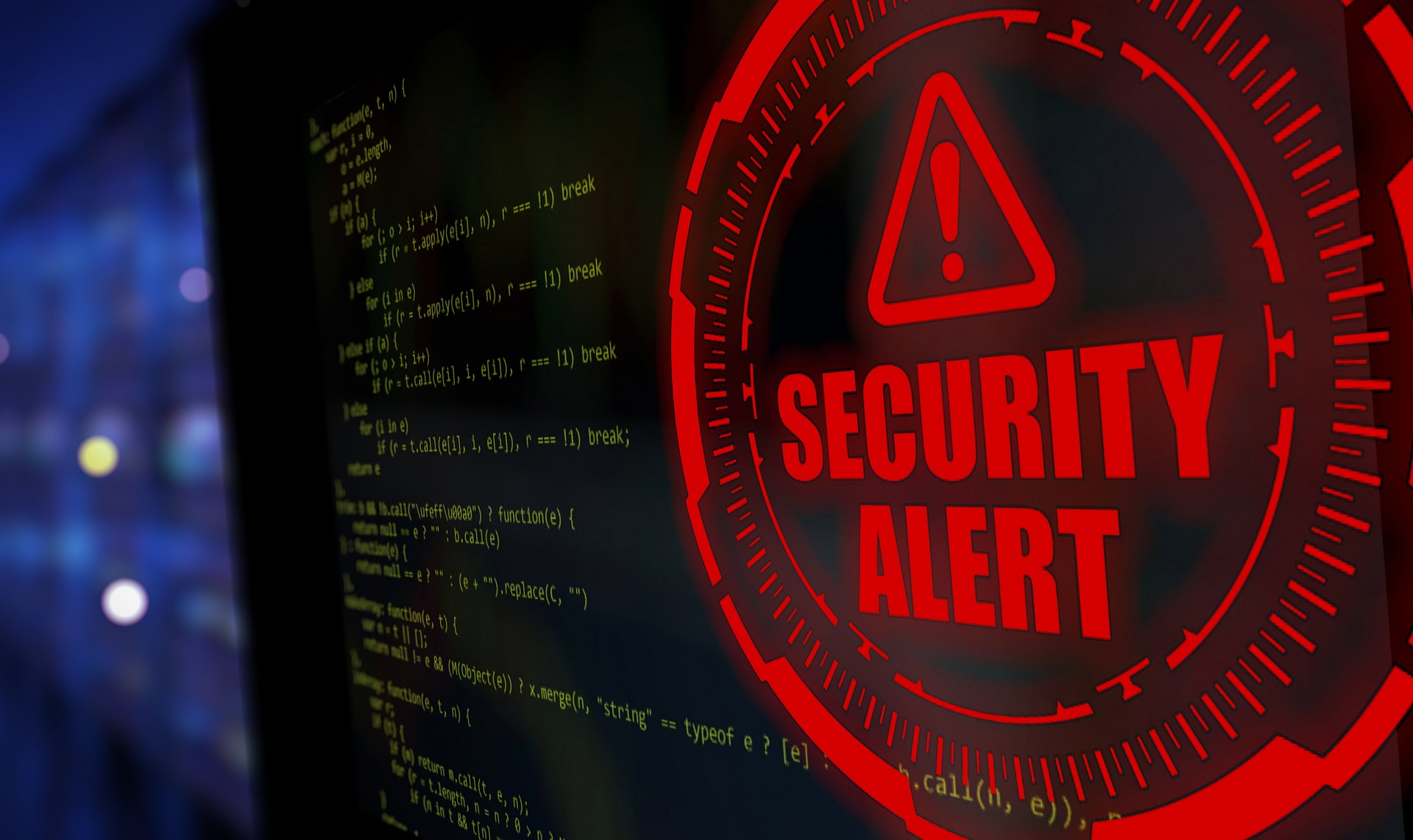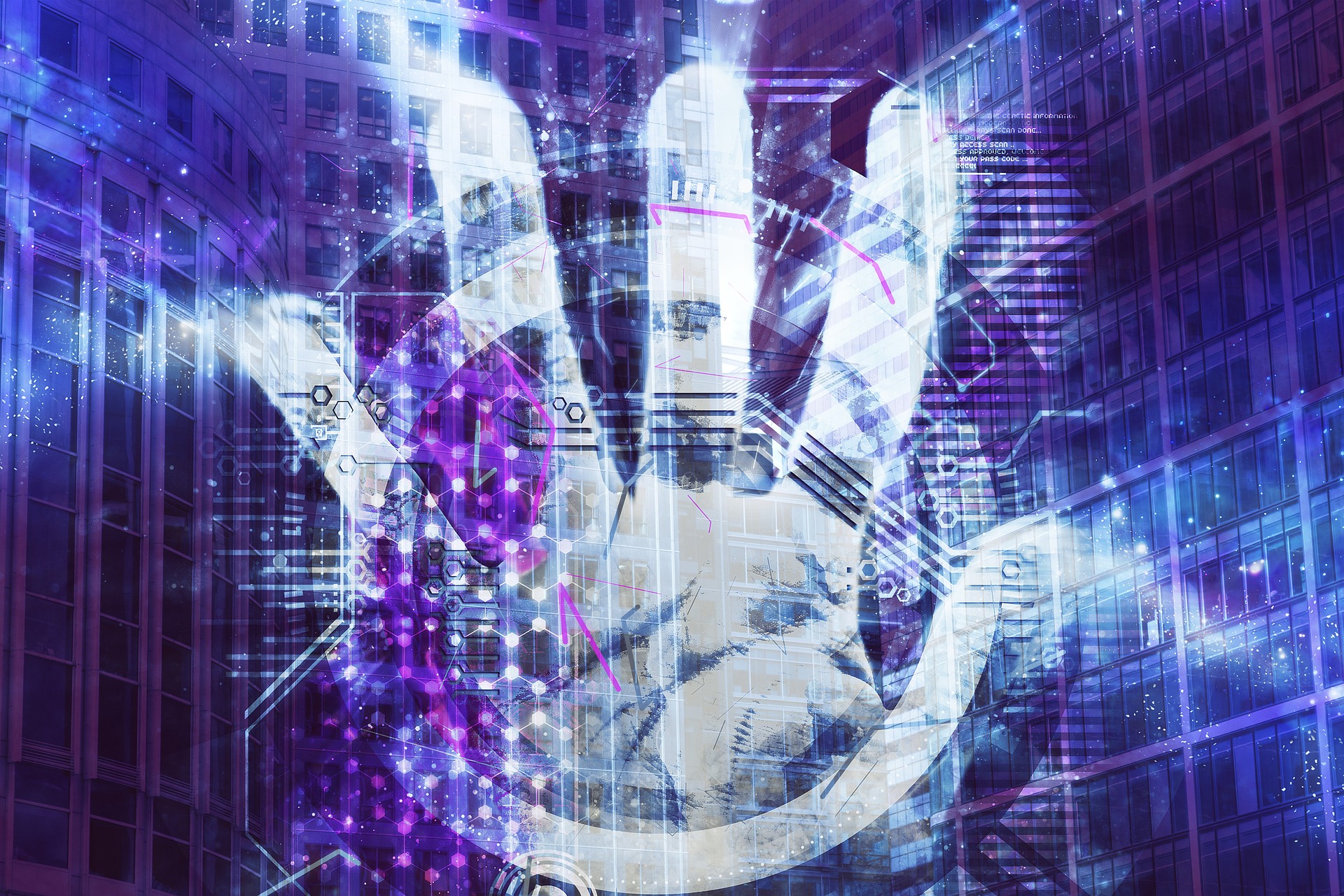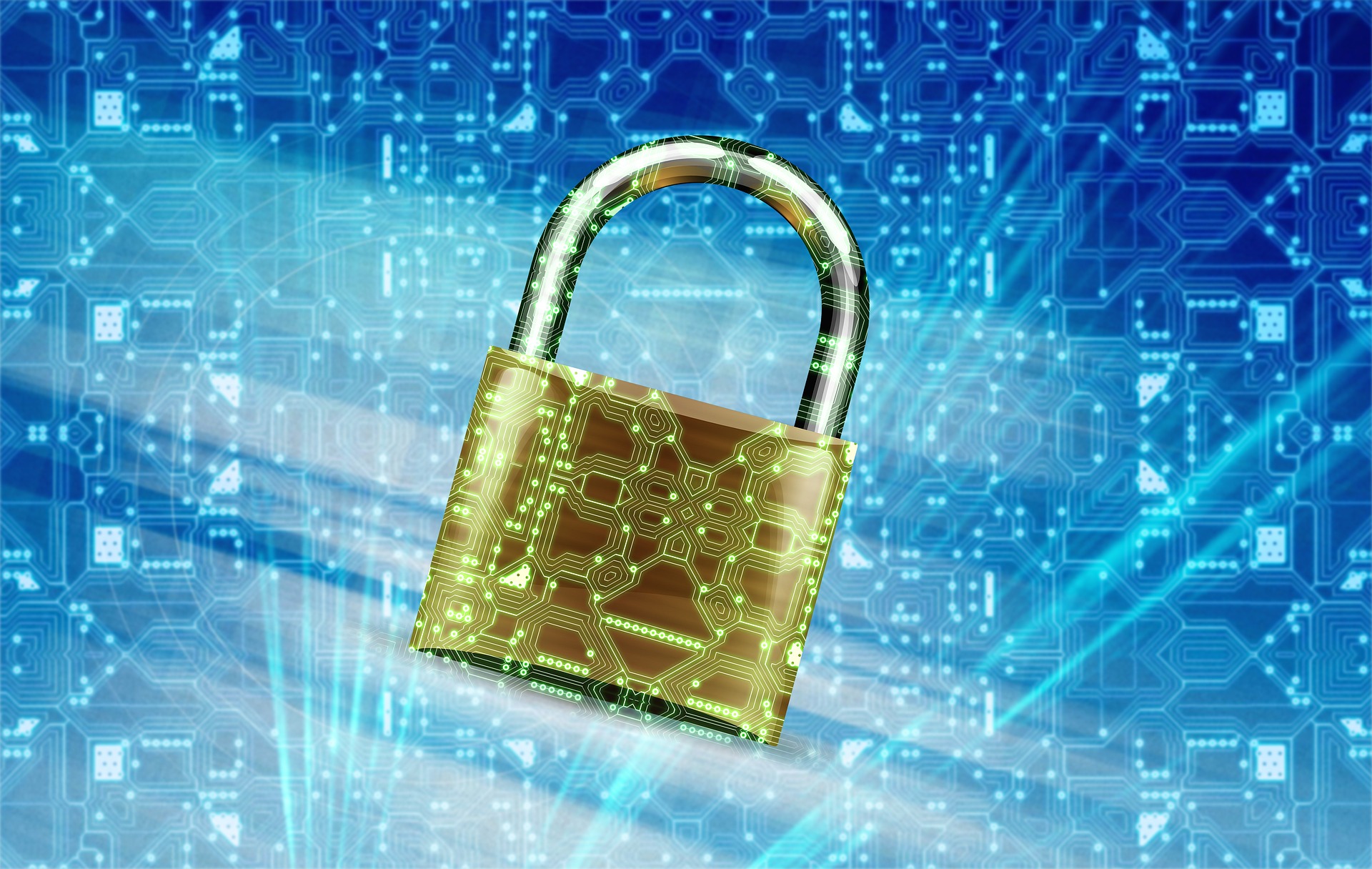For business owners and entrepreneurs striving to stay ahead in competitive markets, maximizing ROI is a top priority. The intersection of cybersecurity and managed IT services offers a powerful solution to this challenge. By fortifying your IT infrastructure against cyber threats and optimizing operational efficiency, you can achieve significant cost savings and ensure long-term business continuity. Discover how these essential investments can transform your business landscape and secure your financial future.
What is ROI?
Return on Investment (ROI) is a key performance indicator used by businesses to evaluate the efficiency and profitability of an investment. It is calculated by dividing the net profit generated from the investment by the initial cost of the investment, then multiplying the result by 100 to express it as a percentage. A higher ROI indicates that the investment gains compare favorably to its cost, making it a crucial metric for business owners and entrepreneurs who aim to maximize their financial returns. By understanding and optimizing ROI, companies can make informed decisions that drive growth, enhance operational efficiency, and ensure long-term sustainability.
Maximizing ROI How Cybersecurity and Managed IT Can Help
Enhancing Operational Efficiency
Investing in cybersecurity and managed IT services significantly enhances operational efficiency. By implementing advanced security measures and streamlined IT processes, businesses can minimize downtime and ensure that their systems run smoothly. This leads to increased productivity as employees can focus on their core tasks without being interrupted by technical issues or security breaches. Efficient operations not only save time but also reduce costs, contributing to a higher ROI.
Reducing Risk and Financial Loss
Cybersecurity is crucial in protecting your business from potential financial losses due to cyber-attacks and data breaches. A single security incident can result in substantial costs, including legal fees, regulatory fines, and damage to your company’s reputation. Managed IT services provide continuous monitoring and proactive threat management, significantly reducing the risk of such incidents. By safeguarding your assets and maintaining customer trust, these services help preserve your revenue streams and enhance ROI.
Facilitating Scalability
As your business grows, so do your IT needs. Managed IT services offer scalable solutions that can adapt to your evolving requirements without compromising security or performance. This flexibility ensures that your IT infrastructure can support business expansion efficiently, avoiding the pitfalls of over-investment or under-preparation. Scalable IT solutions enable you to manage resources effectively, ensuring that your investments yield maximum returns as your company scales.
Ensuring Regulatory Compliance
Compliance with industry-specific regulations is a critical aspect of modern business operations. Non-compliance can lead to hefty fines and legal complications, which can severely impact your financial health. Managed IT services ensure that your systems adhere to the necessary compliance standards, mitigating the risk of penalties. By maintaining regulatory compliance, you protect your business from financial setbacks and enhance your overall ROI.
Providing Expert Support
Having access to expert IT support allows your business to navigate complex technological landscapes with confidence. Managed IT services offer specialized knowledge and skills that can address your unique IT challenges effectively. This expert support ensures that your IT infrastructure is optimized for performance and security, allowing you to focus on strategic business activities. By leveraging professional expertise, you can make informed decisions that drive profitability and maximize ROI.
How Does Managed IT Differ from Traditional IT Support?
Managed IT services differ from traditional IT support in several key ways. Traditional IT support typically operates on a reactive basis, addressing issues as they arise and often leading to prolonged downtime and inefficiencies. In contrast, managed IT services adopt a proactive approach, continuously monitoring and maintaining IT systems to prevent problems before they occur. This includes regular updates, security patches, and performance optimizations for overall system optimization. Managed IT services also offer comprehensive solutions that encompass a wide range of IT needs, from cybersecurity to data management, providing a more holistic and integrated approach. This proactive and all-encompassing strategy not only enhances system reliability and security but also allows businesses to focus on their core activities, ultimately leading to improved operational efficiency and a higher ROI.
Is Cybersecurity More Important than Managed IT for Maximizing ROI?
While both cybersecurity and managed IT services are crucial for maximizing ROI, neither can be deemed more important than the other as they serve complementary roles in a comprehensive IT strategy. Cybersecurity focuses on protecting your business from threats such as data breaches, cyber-attacks, and other malicious activities that can result in significant financial and reputational damage. Managed IT services, on the other hand, ensure that your IT infrastructure operates efficiently and scales with your business needs, providing continuous support and maintenance. Together, they create a robust framework that not only safeguards your assets but also enhances operational efficiency, reduces downtime, and ensures regulatory compliance. By integrating both cybersecurity and managed IT services, businesses can achieve a balanced and effective approach to maximizing ROI.
How Do Managed IT Services Optimize Operational Efficiency?
Managed IT services optimize operational efficiency by providing proactive maintenance, continuous monitoring, and strategic IT planning. These services ensure that systems are always up-to-date with the latest security patches and software updates, minimizing the risk of downtime and technical issues. By monitoring IT infrastructure around the clock, managed IT providers can identify and resolve potential problems before they escalate, ensuring seamless business operations. Additionally, managed IT services offer strategic planning and consulting, helping businesses align their IT investments with their long-term goals. This proactive and strategic approach not only streamlines operations but also reduces costs, allowing businesses to focus on their core activities and ultimately enhancing overall productivity and profitability.
What Should Businesses Look for When Selecting a Cybersecurity Provider?
- Expertise and Experience: Look for a provider with a proven track record and extensive experience in your industry. They should have a deep understanding of the specific cybersecurity challenges your business faces and offer tailored solutions.
- Comprehensive Services: Ensure the provider offers a wide range of services, including threat detection, incident response, vulnerability assessments, and compliance management. A comprehensive approach ensures all aspects of your cybersecurity needs are covered.
- Proactive Monitoring and Support: Choose a provider that offers 24/7 monitoring and proactive threat management. This ensures that potential threats are identified and mitigated before they can cause significant damage.
- Scalability and Flexibility: The provider should offer scalable solutions that can grow with your business. They should be flexible enough to adapt to your evolving needs and provide customized services that align with your business goals.
- Strong Reputation and References: Research the provider’s reputation in the market and ask for references from other businesses they have worked with. Positive testimonials and case studies can provide valuable insights into their reliability and effectiveness.
Conclusion
In conclusion, maximizing ROI through strategic investments in cybersecurity and managed IT services is essential for modern businesses aiming to thrive in a competitive landscape. By enhancing operational efficiency, reducing risks, ensuring scalability, and maintaining regulatory compliance, these services provide a robust foundation for sustainable growth and profitability with measurable metrics. As business owners and entrepreneurs, prioritizing these critical areas not only safeguards your assets but also positions your company for long-term success. Embrace the future with confidence, knowing that your IT infrastructure is optimized and secure, allowing you to focus on driving innovation and achieving your business goals.
Final Thoughts
Ensure your business’s safety with Buzz Cybersecurity’s expert solutions. Our all-encompassing defense strategies feature managed IT services, innovative cloud solutions, and steadfast ransomware protection. Our experienced team is devoted to tackling the complexities of cyber threats, securing your critical digital assets. Partner with us today to fortify your business’s defenses in the rapidly changing realm of cybersecurity.
Sources
- https://en.wikipedia.org/wiki/Return_on_investment
- https://www.bmc.com/blogs/managed-services-vs-traditional-it-support-whats-the-difference/
- https://support.uidaho.edu/TDClient/40/Portal/KB/ArticleDet?ID=2770
Photo by Carlos Muza on Unsplash










